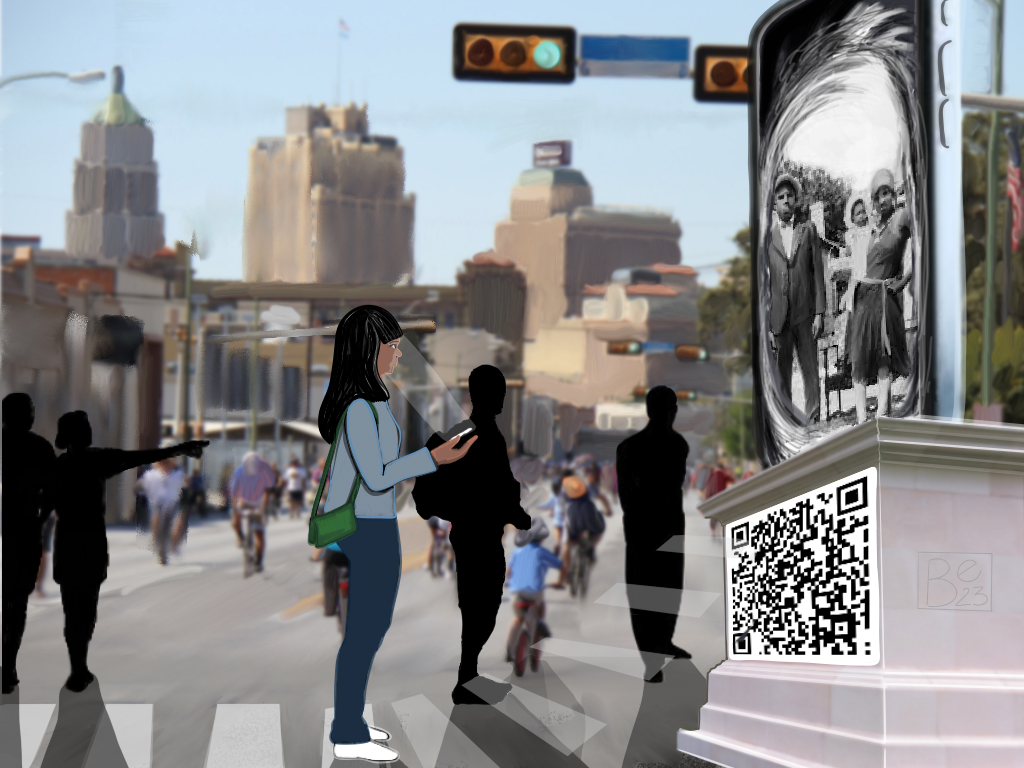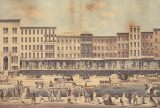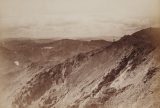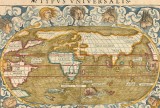In San Antonio, Remembering More Than the Alamo
Innovators Are Using Digital Tools to Tell Stories of the City’s Black and Latinx History
In San Antonio, Texas, one memorial—the church-turned-fort-turned-shrine of the Alamo—dominates the landscape. At the Alamo, the artifacts, images, and captions on display tell a unified story: That martyrs died there for Texas independence and that their sacrifice will never be forgotten. The didactics urge the public to observe this history with solemnity and reverie.
Yet the story is one-sided. While there were many root causes of the Alamo siege, one of the most important was that Texas Anglos were fighting Mexican soldiers to uphold slavery. In San Antonio, as in many …










